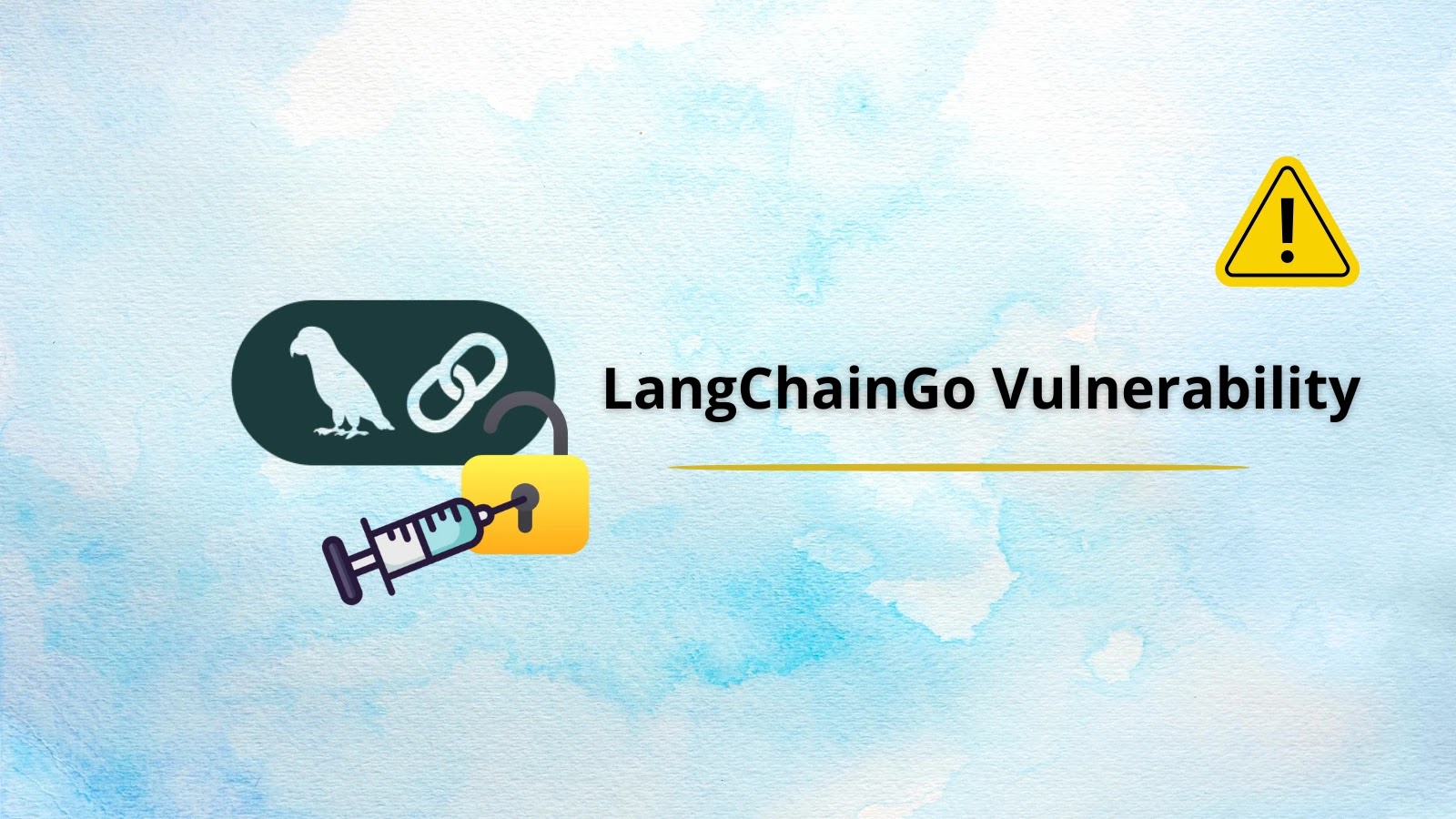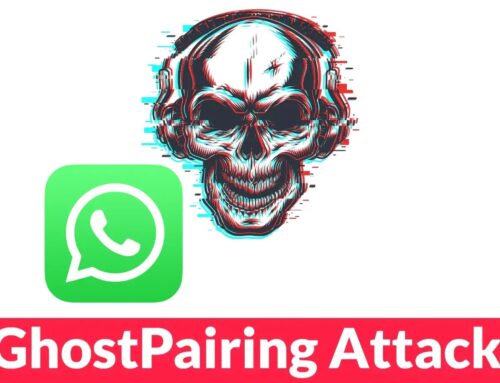
Critical LangChainGo Vulnerability Let Attackers Access Sensitive Files by Injecting Malicious Prompts
In the rapidly evolving landscape of large language models (LLMs) and their orchestration frameworks, a critical vulnerability in LangChainGo has sent ripples through the cybersecurity community. This flaw, which allows unauthenticated attackers to access sensitive server files, underscores the persistent need for vigilance in securing AI-powered applications. Understanding the mechanics of this vulnerability is paramount for developers and security professionals alike.
Understanding the LangChainGo Vulnerability: CVE-2025-9556
A high-severity vulnerability, tracked as CVE-2025-9556, has been identified in LangChainGo, the Go implementation of the popular LLM orchestration framework, LangChain. This flaw exposes a significant risk: unauthenticated attackers can perform arbitrary file reads on affected systems. The mechanism? Maliciously crafted prompt templates. This means an attacker doesn’t need legitimate user access or complex exploits; they can simply inject carefully designed prompts to bypass security controls and exfiltrate sensitive data from the server.
The core of this vulnerability lies in a Jinja2 prompt injection. Jinja2, a common templating engine, when improperly secured, can be manipulated by an attacker to execute arbitrary code or functions. In the context of LangChainGo, this translates to an attacker convincing the application to read files outside its intended scope, effectively turning a legitimate templating feature into a powerful weapon for data exfiltration.
The Impact of Arbitrary File Reads
The ability to perform arbitrary file reads is a highly sought-after capability for attackers. It provides a direct pathway to sensitive information without requiring direct system access or complex privilege escalation. Consider the potential impact:
- Configuration Files: Access to database credentials, API keys, and other critical configuration details, leading to further system compromise.
- Source Code: Exposure of proprietary algorithms, business logic, and intellectual property.
- User Data: PII (Personally Identifiable Information), financial records, or other sensitive user data stored on the server.
- System Information: Details about the operating system, network configurations, and installed software, which can aid in planning subsequent attacks.
The unauthenticated nature of this vulnerability significantly amplifies its risk. Any internet-facing LangChainGo application, if unpatched, could potentially fall victim without an attacker needing prior authorization or a pre-existing account. This highlights the urgency for immediate remediation.
Remediation Actions for LangChainGo Users
Addressing CVE-2025-9556 is critical for all users of LangChainGo. The following steps should be taken without delay:
- Update LangChainGo: The most important step is to update to the latest patched version of LangChainGo as soon as it becomes available. Developers of the framework will release fixes to address this specific vulnerability. Monitor official LangChainGo channels and security advisories for release announcements.
- Validate and Sanitize User Input: Implement robust input validation and sanitization for all user-supplied prompts. Never trust user input. Explicitly filter out or escape characters and syntax that could be interpreted by the templating engine as a command or file path.
- Least Privilege Principle: Ensure that the LangChainGo application runs with the absolute minimum necessary file system permissions. If the application does not legitimately need access to certain directories or files, restrict its access to them.
- Web Application Firewall (WAF): Deploy a WAF to help detect and block malicious prompt injection attempts. WAFs can be configured to identify patterns indicative of file path traversal or other injection techniques.
- Principle of Defense in Depth: Implement multiple layers of security controls. Even if one control fails, others should still be in place to mitigate the risk. This includes network segmentation, intrusion detection systems (IDS), and regular security audits.
- Security Audits and Code Reviews: Regularly conduct security audits and code reviews of your LangChainGo implementations. Pay particular attention to how prompts are constructed, processed, and utilized, especially when they incorporate user-supplied data.
Detection and Mitigation Tools
While direct patches are the primary defense, several tools can assist in detecting vulnerabilities and mitigating risks related to prompt injection and arbitrary file reads:
| Tool Name | Purpose | Link |
|---|---|---|
| OWASP ZAP | Web application security scanner to find vulnerabilities, including injection flaws. | https://www.zaproxy.org/ |
| Burp Suite | Integrated platform for performing security testing of web applications. | https://portswigger.net/burp |
| SAST Tools (e.g., SonarQube) | Static Application Security Testing to analyze source code for vulnerabilities. | https://www.sonarqube.org/ |
| DAST Tools (e.g., Acunetix) | Dynamic Application Security Testing to find vulnerabilities in running web applications. | https://www.acunetix.com/ |
| WAF (e.g., Cloudflare WAF) | Web Application Firewall to filter and monitor HTTP traffic between a web application and the Internet. | https://www.cloudflare.com/waf/ |
Conclusion
The CVE-2025-9556 vulnerability in LangChainGo serves as a critical reminder of the security challenges inherent in modern application development, particularly with the integration of powerful LLM frameworks. The ability for unauthenticated attackers to perform arbitrary file reads via malicious prompt injection presents a severe risk to data confidentiality and system integrity.
Organizations leveraging LangChainGo must act decisively to implement the recommended remediation steps, including immediate updates, stringent input validation, and the principle of least privilege. Continuous monitoring and robust security practices are essential to safeguard against such sophisticated threats and maintain the integrity of LLM-powered applications.





